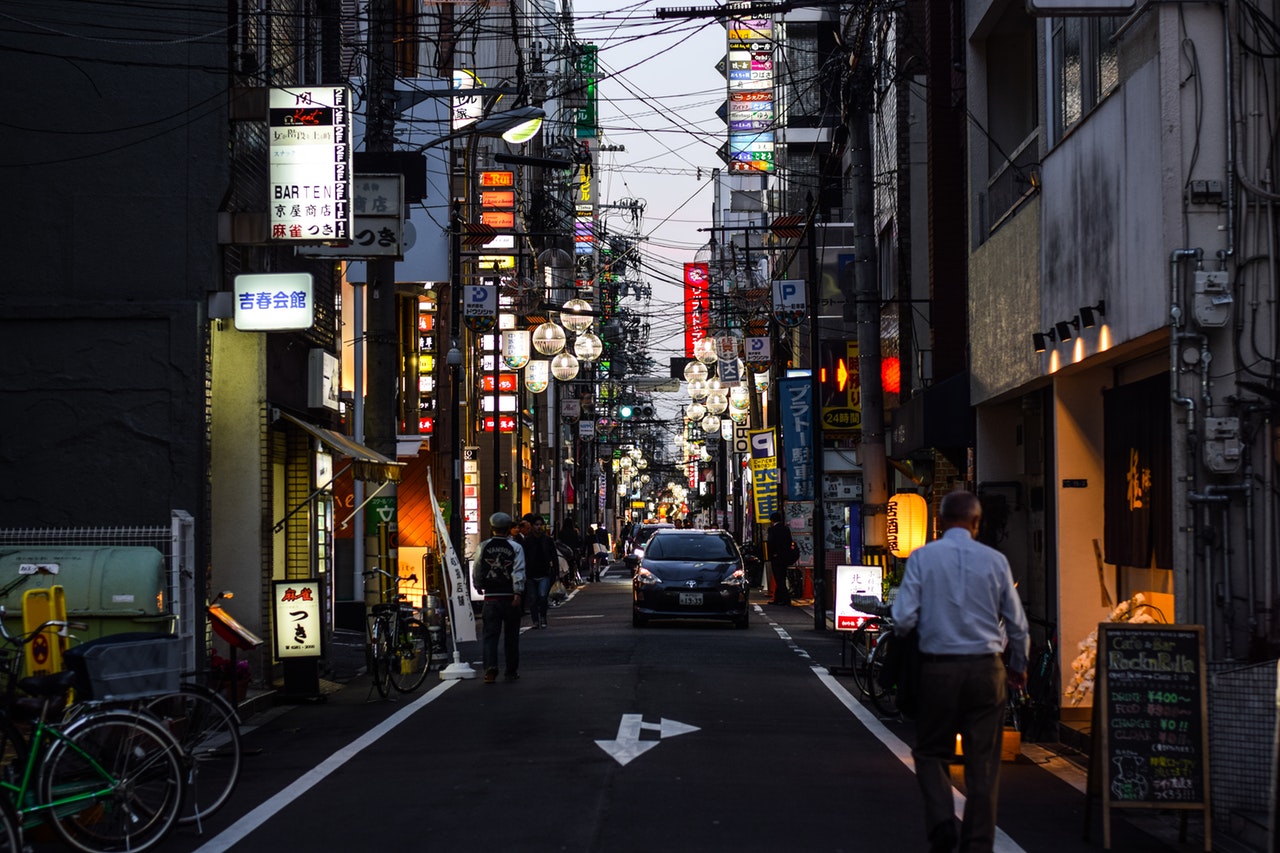
With the 2019 Rugby World Cup fast approaching, Brits are gearing up to go watch the world’s best and brightest rugby players in Japan, from the 20th of September to the 2nd of November this year. The opening match will be held in the capital city of Tokyo, and the final match in Yokohama, so fans will be navigating some of the busiest roads that Japan has to offer.
Like in the UK, motorists in Japan drive on the left-hand side. However, because of the different driving etiquette, road signs and language, hiring a car while you’re out there can be an entirely new experience. So, Anglo Liners has rounded up some important things to consider, if you are planning on driving in Japan to watch the 2019 Rugby World Cup.
Don’t drink and drive
In Britain, our laws on drinking and driving state that as long as you stay beneath the limit of 80mg of alcohol per 100ml of blood, you are legally still allowed to drive. Introducing alcohol units was actually designed to help motorists calculate their driving limit, but in reality, everyone’s limit is different based on various physical and bodily factors.
The laws on drinking and driving in Japan are much simpler: don’t do it. There, it is illegal to take even a sip of alcohol and drive, and can incur hefty fines as well as a year in prison. So, however much you want to celebrate with an ice-cold beer, if you’re driving, save the merriment for when you return back to your hotel.
Stop signs are different shapes
While many of the road signs here are in written in Japanese, they also look vastly different compared to their British counterpart, the stop sign being a particularly important example. In the UK, our brains are used to the eight-sided octagon STOP sign, whereas in Japan this sign may still be red in colour, but takes the form of an upside down triangle.
It’s best to familiarise yourself with simple but important road signs (and road markings) before venturing to Japan. Remember, once you arrive and hire a car, with additional jet lag interfering with your perceptions, it’s unlikely you’ll be in the mood to learn these new driving rules, especially when you need to navigate your way around busy Tokyo.
Get an international driving permit
As well as ensuring your passport and plane tickets are all in order, it’s crucial you bring your international driving permit, as well as your driving licence. It’s very easy to obtain a permit, and you can do so from the Post Office for only a small fee. Even better, this permit is valid for a full year, so you can enjoy unlimited drives while you are out there enjoying the rugby.
Familiarise yourself with the tolls
Japan has an intricate network of expressways, which link the whole country together and while these are quick and convenient to use, there are toll charges incurred to use them. Unlike the UK, Japan has many more toll bridges that are frequently used by its residents everyday.
You can either pay by cash or card when passing through manual toll gates, or you can pass through automatic ETC gates (electronic toll collection gates). You do need a Japanese bank card to pay at the gates, but luckily many car rental companies offer temporary cards for visitors to use.
Be prepared for elevator car parks
If you’re renting and driving around some of Japan’s busiest cities, you’ll then encounter some astounding elevator car parks. While multi-storey car parks are the most popular, it’s best to familiarise yourself with the inventive space-saving elevator car parks; you might need to use them during your trip.
Luckily, these futuristic car parks are pretty straightforward to use. An attendee will do all of the work for you, and you can expect to communicate mainly via hand gestures when parking up your car, rather than needing to be fluent in Japanese. So, expect to be amazed when you watch your vehicle on a car-sized elevator, getting whisked away to another floor.
Keep checking the Anglo Liners’ blog every week to hear the latest road safety news, or click here for a free quote.
